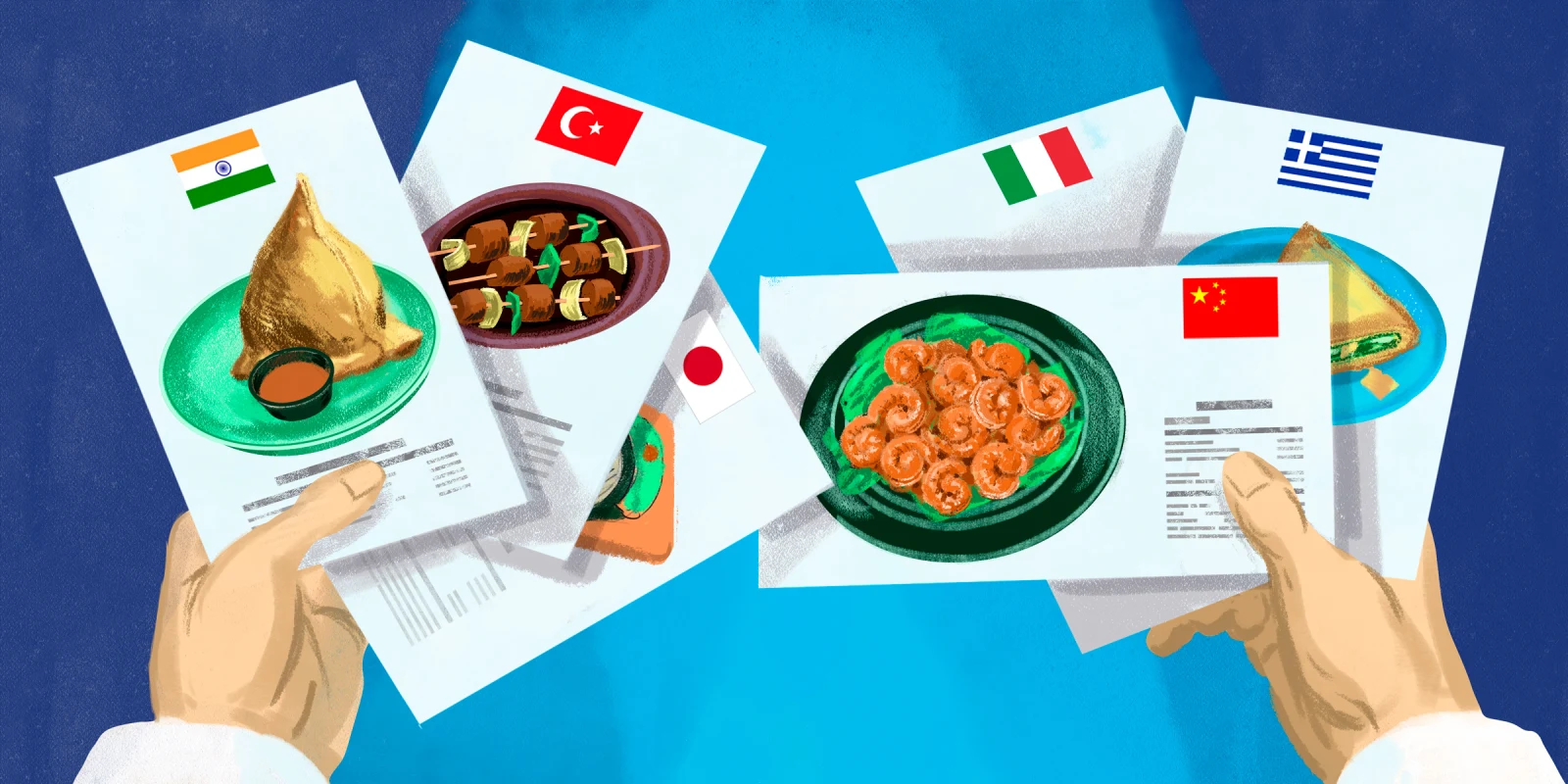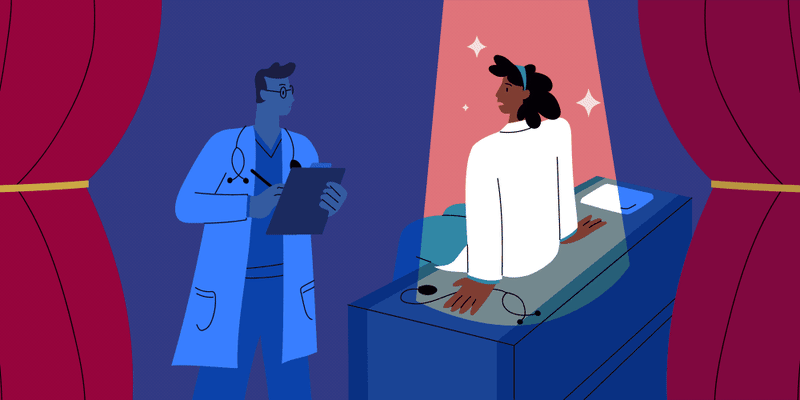In her short story “Rice,” Jhumpa Lahiri describes the meticulous process of how her father makes a complicated, celebratory rice dish called pulao. Her father’s almost supernatural ability to create the dish perfectly is as intangible and powerful as the connections between her family and community: old and young, old and new. I think I love that story because for my family, food is more than fuel. It is how we show love to each other and how we welcome people into our homes and into our lives. My grandfather was not an effusive man but after seeing that I liked tea eggs, he spent every weekend marinating a large batch of eggs in soy sauce and black tea so that I would never be without them during the week.
For most of my life, I’d thought of food as a symphony of flavors and textures that belied emotions but that began to change once I got to medical school. I remember a day in my pre-clinical years where we had a group activity on diets. I was excited for the activity because I knew next to nothing about nutrition but the diet that was presented as “almost ideal” consisted of roasted vegetables, a Puritan glass of wine, and a piece of roasted salmon. It looked nothing like anything my parents would make for themselves.
When I went home that semester over winter break, I looked at all the noodles, rice, and pork on the dining room table and I didn’t know what to say. I don’t see myself or my family’s food in traditional pictures of “healthy living” in the generic dietary advice given. The lack of representation felt especially painful given that food associated with my Chinese heritage has been at times outright stigmatized by the medical community. In the 1960s, a string of letters to the editor appeared in NEJM claiming instances of “Chinese Restaurant Syndrome,” where restaurant customers reported feeling nausea and headaches after eating at Chinese restaurants.
This was attributed, without scientific basis, to the reported presence of MSG in the restaurant food. However, not only have scientific studies failed to replicate the syndrome in a controlled setting but MSG is found in foods not typically present in Chinese restaurants like tomatoes and Parmesan. The effects of those letters from over 50 years ago have lingered till today; the first time I heard about the evils of MSG was from my own mother who lamented that our family’s cooking of more traditional Chinese food was not healthy due to the presence of MSG. I thought back to the “ideal” meal in my classroom, and how it looked foreign to my dinner table. Without more representation of different cuisines, the dialogue around healthy eating can create a paradigm where food that does not fit into the narrow, standard definition of “healthy” is universally seen as “bad.”
It doesn’t help that these issues exist in a context where nutritional education is already underrepresented in medical curricula. In 2014, a study from UNC found that only 25% of U.S. medical schools (26 out of the 105 schools that responded) had a required nutrition course. Physicians are also, for the most part, uncomfortable with nutritional counseling. As the medical field evolves to include culinary medicine in the conversation, why shouldn’t there be space for discussions regarding diversity and cultural representation in the food pyramid?
Much like how physicians in hospitals rely heavily on dietitians to counsel patients, perhaps we can look to conversations in other related fields to direct our own dialogue. Outside the medical field, dietitians have already begun to discuss the role of diversity while providing dietary recommendations to patients. Diversify Dietetics aims to increase diversity in the field of nutrition and thereby bring different perspectives to diet and an increased understanding for a wider range of patients. Diversify Dietetics puts out podcasts, conferences, and hosts local educational workshops to facilitate conversations in their field featuring perspectives from registered dieticians of color.
Cultural diversity initiatives are already entering the world of culinary medicine. The World Kidney Alliance and the International Society of Renal Nutrition and Metabolism have collaborated this year to produce the World Kidney Recipes project that aims to bring culinary medicine into the management of chronic kidney disease. Physicians are encouraged to be educated in culinary medicine and patients are provided with culturally diverse recipes designed with the help of chefs that still fit the parameters of a diet to manage chronic kidney disease.
As for what an individual physician can do, while I have not even completed my medical education, in my limited clinical experience when I do not know how to proceed, I’ve usually found it most helpful to pay attention to allow patients to direct conversations when I sense they may be unclear about or uncomfortable with a suggestion. If a patient is hesitant if a physician suggests that they eat healthier, there may well be a reason beyond “noncompliance.” One might ask what foods/dishes patients eat on a daily basis and be able to give suggestions as to how to adjust those dishes for medical management. While the solution may not be particularly novel, I think medicine might be better served if clinicians consider this issue when counseling patients. I connect so much with the Jhumpa Lahiri short story because it exemplifies how emotional our ties to food can be. While food from a medical perspective can be boiled down to macronutrients and vitamins, as humans we often attach so much more to our meals. A meal of braised pork, stir fried mustard greens, and rice might have the same nutritional value as a grain bowl topped with a piece of salmon, but the former is more familiar to my family. As physicians, giving nutritional advice while ignoring the sentimental, emotional aspect of food might not best serve our patients if they can make better choices about food while keeping certain traditions close.
How does your family's diet match up against the "ideal" meal taught in nutrition class? Compare and contrast in the comments.
Vicky is a MD/PhD student at UT Southwestern Medical Center currently in the process of obtaining her PhD in Biological Chemistry. Her areas of interest in writing include health policy, social determinants of health, and the intersection between basic science and the world of clinical medicine. When she's not in the lab, she enjoys reading, hiking, cooking, yoga, and hanging out with her dog, Dobby. Vicky is a 2021–2022 Doximity Op-Med Fellow.
Illustration by Jennifer Bogartz







